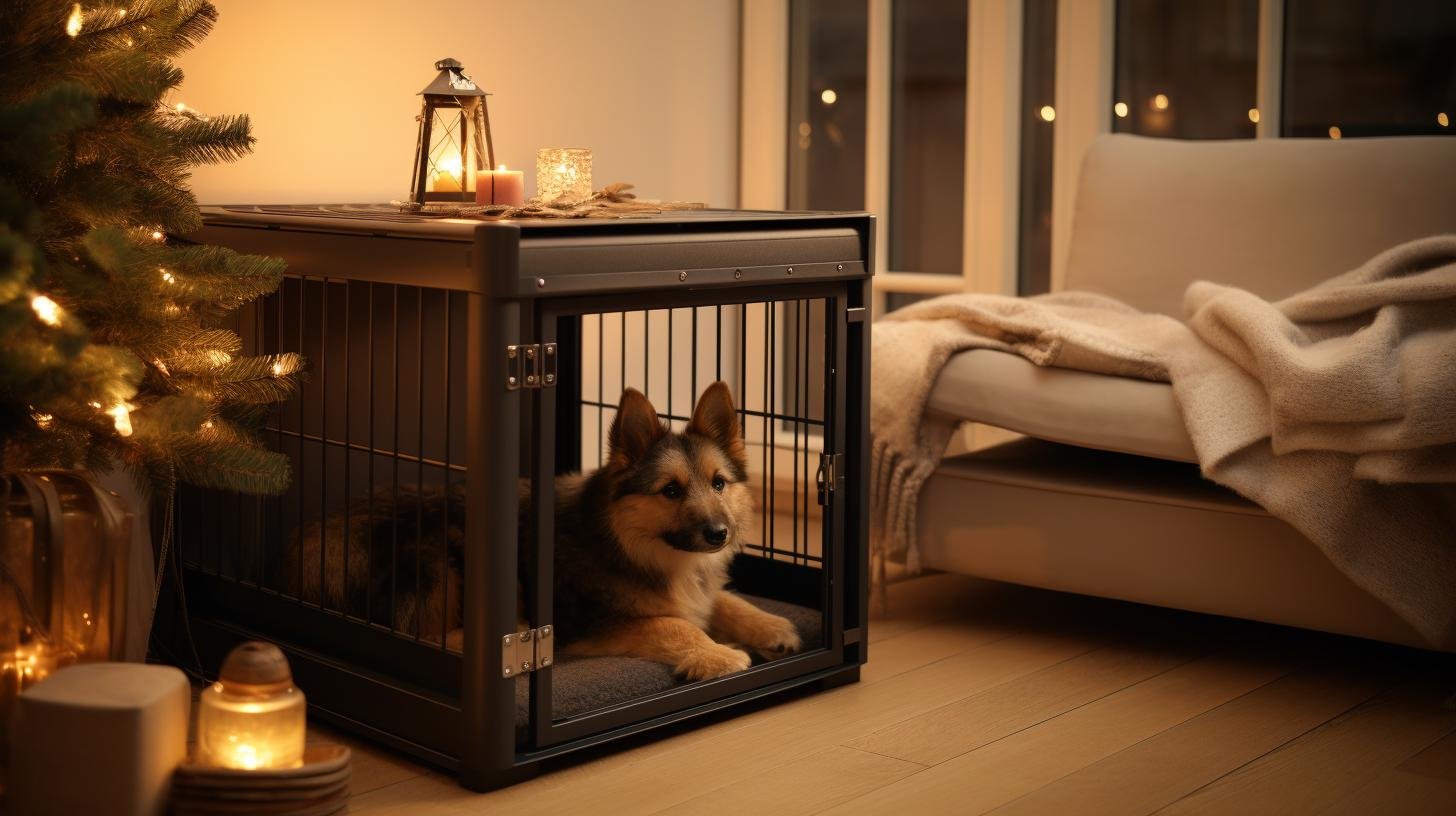Did you know that the ancestors of our beloved domestic dogs, wild wolves, are den animals? They seek out small, enclosed spaces for safety and rest. This instinctual behavior is still present in our dogs today. But does that mean our modern-day furry friends should sleep in crates? Let’s dive deep into the world of canine sleep habits and uncover the truth.
The Historical Context
Long before domestication, wild canines sought out cozy, confined spaces to rest. These dens provided protection from predators and harsh weather conditions. Fast forward to today, and many dogs still exhibit this denning behavior. They might crawl under a table, snuggle beneath bed covers, or find a secluded spot to nap. This natural inclination forms the foundation of the crate training philosophy.
The Benefits of Crate Sleeping
- Safety: Especially for puppies, crates can be a safe haven. Young dogs are notoriously curious, and when left unsupervised, they might chew on electrical cords, swallow foreign objects, or get into other forms of mischief. A crate provides a secure environment where they can’t get into trouble.
- House Training: Dogs typically avoid soiling their sleeping areas. A crate can be an effective tool for house training, teaching the dog to hold until they’re let outside.
- Comfort: Many dogs view their crate as their own personal space—a place where they can relax and de-stress. It becomes their den, their safe zone.
- Travel: Whether you’re taking your dog on a road trip or a flight, having them accustomed to a crate can make the journey smoother and less stressful for both of you.
The Potential Downsides
- Overuse: While crates can be beneficial, they shouldn’t be overused. Dogs that are crated for too long can develop feelings of isolation, frustration, or depression.
- Size Matters: A crate that’s too small can be uncomfortable, while one that’s too large might not provide that den-like feeling dogs crave.
- Negative Associations: If used as a form of punishment, dogs might develop an aversion to their crate.
Tips for Successful Crate Training
- Start Young: While older dogs can be crate trained, it’s often easier with puppies. However, remember that puppies have limited bladder control, so regular breaks are essential.
- Make it Cozy: Add soft bedding and toys to make the crate inviting.
- Positive Reinforcement: Reward your dog for entering the crate. This can be in the form of praise, treats, or toys.
- Gradual Introduction: Start with short durations and gradually increase the time your dog spends in the crate.
- Avoid Using as Punishment: The crate should be a happy place, not a timeout zone.
Alternatives to Crates
If you decide that crate sleeping isn’t for your dog, there are alternatives:
- Playpens: These provide a confined space but are more open than a crate.
- Baby Gates: Used to block off a room or area of the house.
- Dog Beds: If your primary concern is comfort, a designated dog bed might be all you need.
Conclusion
So, should dogs sleep in crates? The answer isn’t a simple yes or no. It depends on your dog’s personality, your lifestyle, and how you use the crate. When used correctly, crates can be a valuable tool, providing comfort and safety for your dog. However, they should never be a substitute for quality time, exercise, and interaction.
Remember, every dog is unique. What works for one might not work for another. The key is to pay attention to your dog’s cues and find a solution that ensures they’re happy, healthy, and well-rested. Whether that’s in a crate, on a dog bed, or snuggled up next to you is up to you and your furry friend to decide.



